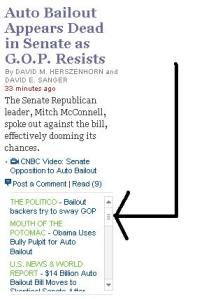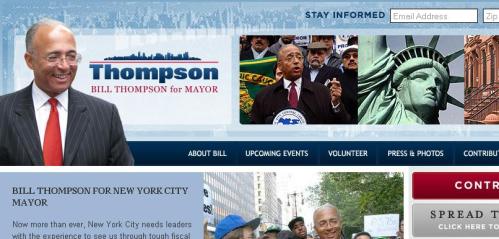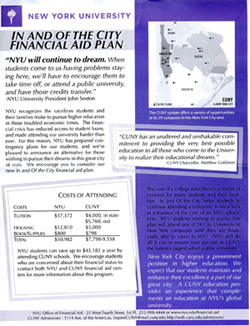I’ve decided to move on from this blog. As my intellectual and political interests have shifted, so have my needs for writing. My goal was to try and build a successful blog that I would want to read, and I think I finally did that towards the end. I started this adventure in the middle of summer and got up to around 15k hits with some off and on posting, and I consider that a success. I hope to someday return to doing political journalism/blogging.
The blog had two flaws in my mind:
1. A poor name. can’t lie, it kinda sucked.
2. No organizing theme – it’s mostly about my life and random thoughts, but with a pretension of something bigger. My pretense was bigger than my writing could handle day-to-day.
I’m keeping the blog up as a monument to a very interesting time in my life that saw a lot of personal, political, and intellectual development. I hope to continue that elsewhere, but I don’t think the precendents set on this particular site best serve what I’d like to do with my writing during an important time in my life.
Onward.


 I’m actually kinda down with the new features on the NYTimes’ “Extra” homepage, which essentially lists related blog/web content for each story on the Times homepage. It’s clearly not a full-fledged project, but I think it signals an important transition in the way the NYT does news coverage, becoming a site that sorts and prioritizes other content in a kind of
I’m actually kinda down with the new features on the NYTimes’ “Extra” homepage, which essentially lists related blog/web content for each story on the Times homepage. It’s clearly not a full-fledged project, but I think it signals an important transition in the way the NYT does news coverage, becoming a site that sorts and prioritizes other content in a kind of 



 It happens to almost all NYU students: the moment when you snap, and unleash your pent up frustration at your university in a torrent of rage. For some it happens early, and you become a resigned cynic for the course of your education, for some it turns into a desire to
It happens to almost all NYU students: the moment when you snap, and unleash your pent up frustration at your university in a torrent of rage. For some it happens early, and you become a resigned cynic for the course of your education, for some it turns into a desire to 


